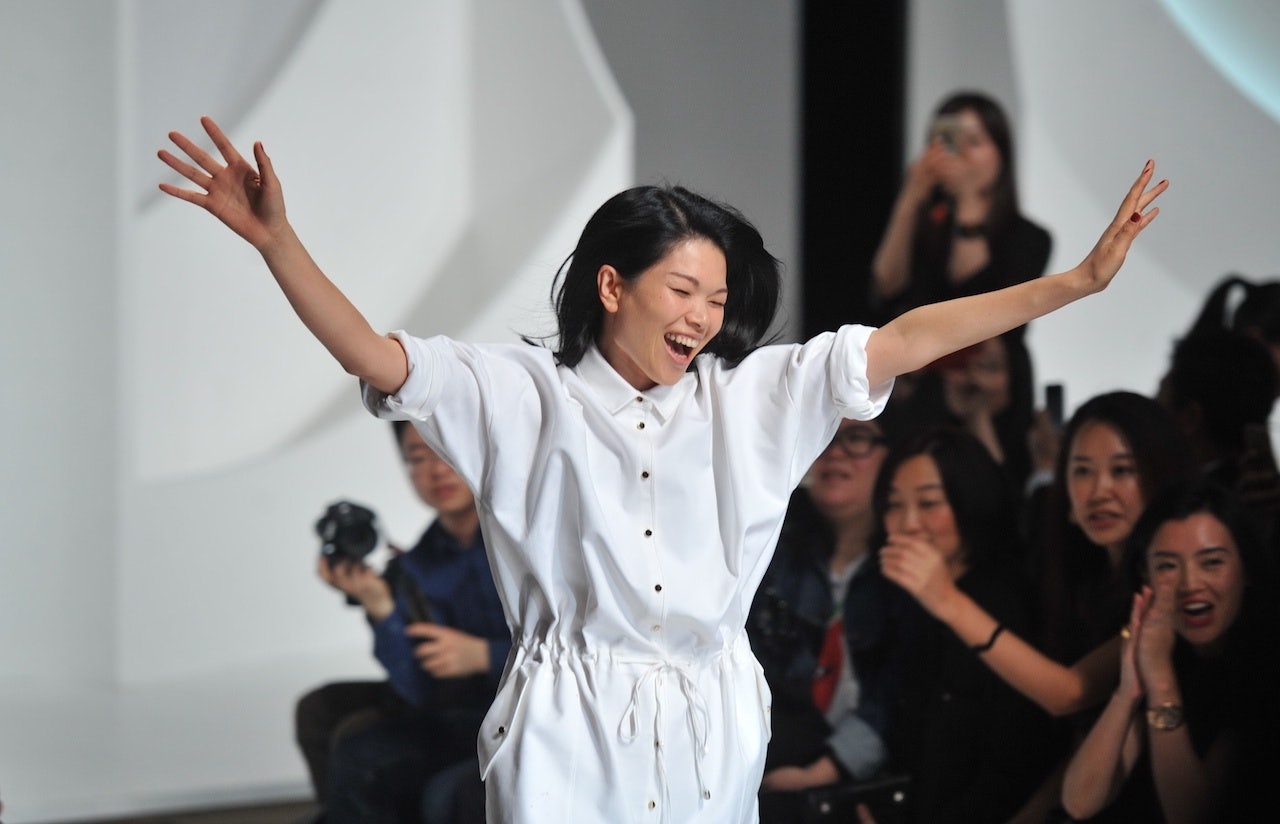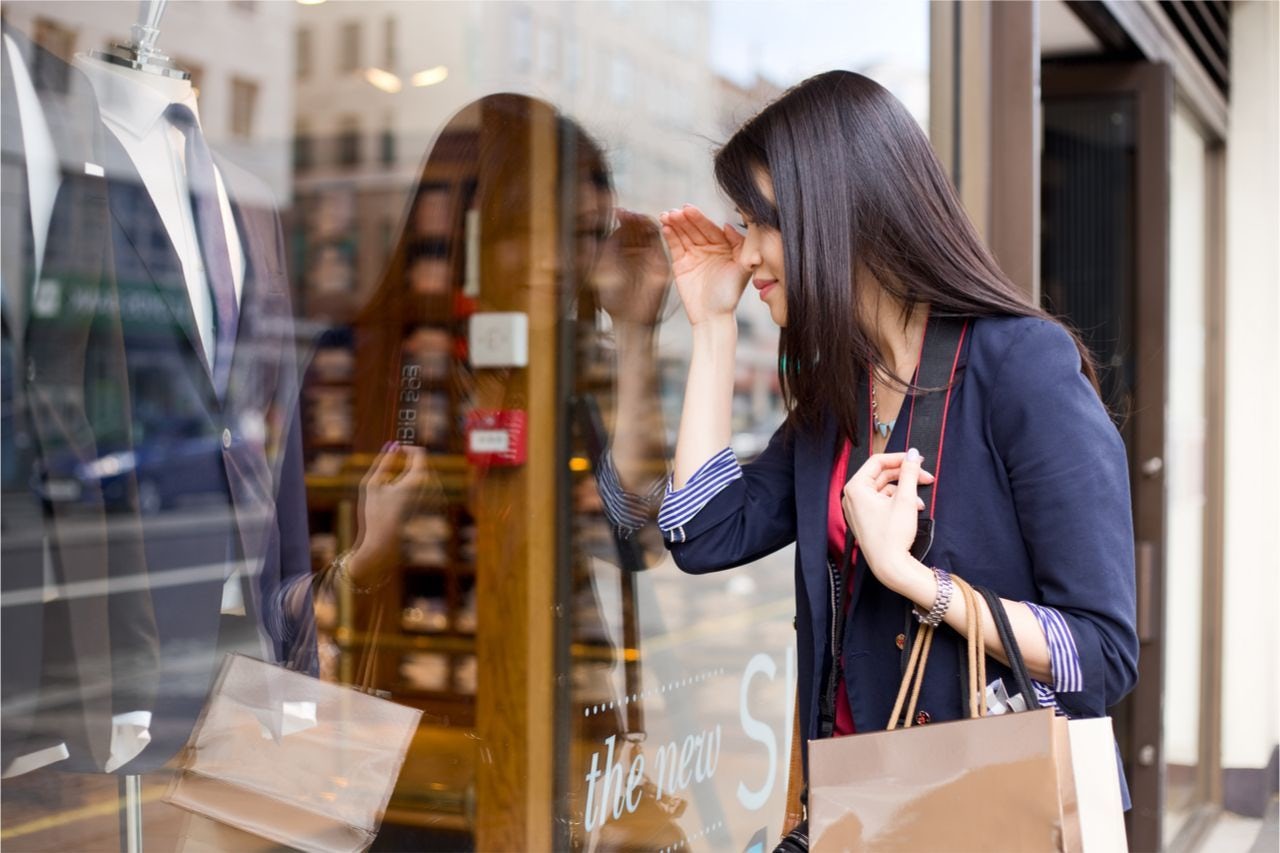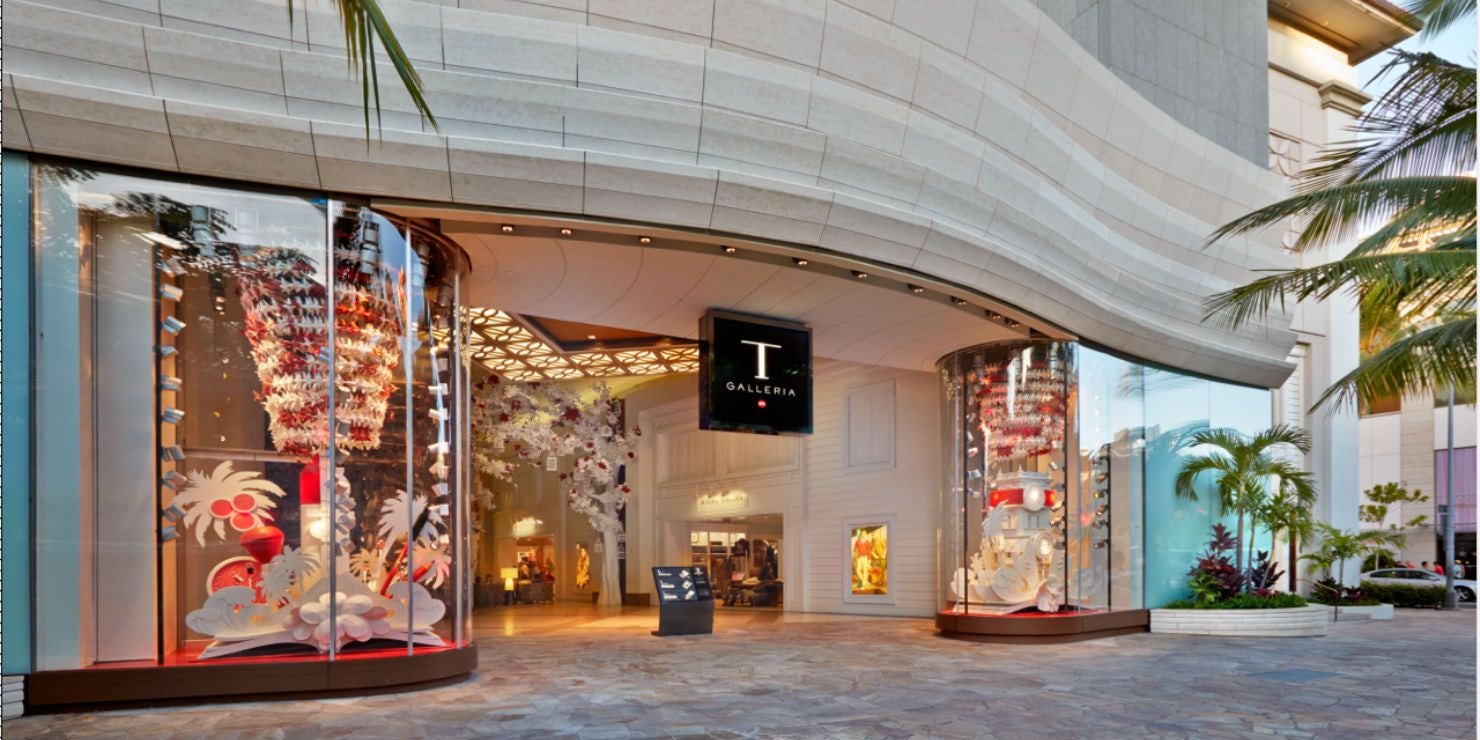Former PR executive Jiang Hao runs Sihe Four, one of Chengdu’s buzziest boutiques, an airy, incense-soaked white space that apes the look of concept stores from Paris to LA. The difference here, though, lies in Hao’s stock. Half the clothes are from well-known Western names, while the rest are high-end, homegrown designs: best sellers include Beijing-based Mu Stop and Ricostru, whose founder studied in Milan before returning to Guangzhou and setting up her business. “They know Asian people’s bodies and skin tones better than most Western designers,” notes the slim, tattoo-wreathed man.
His decision to emphasize local talent wasn’t an outlier. Indeed, in the last two years, there’s been a boom in luxury that isn’t just made for, but made in, China. Hong Kong-based Lane Crawford has seen major success selling brands like Angel Chen and Comme Moi, whose founder is model Lu Yan. First lady Peng Liyuan has been a champion of several brands, notably Ma Ke, the first Chinese brand to show at Paris Haute Couture. The Bal des Débutantes in Paris, one of high society’s foremost events, now regularly features young Chinese women alongside moneyed Europeans. And when, heiress Donna Yuan waltzed across the floor, it was a gown by Guo Pei she chose to wear — the same Chinese designer behind Rihanna’s meme-generating egg-yolk yellow gown at 2015’s Met Gala.
See, too, how six Chinese brands have penetrated the top 50 of Deloitte’s annual survey into the most powerful global luxury goods firms, all of them jewelers; Chow Tai Fook ranked higher than Hermès or Rolex. And, according to a survey by CSG and PR firm Ruder Finn, 74 percent of affluent Chinese are aware of at least one homegrown designer label, with almost half planning to buy local in the next year. Of course, this shift in favor of homegrown luxury is noteworthy for the global market, given that Chinese buyers represent 32 percent of luxury consumption worldwide, per management consultancy Bain & Co.
So why is domestic luxury jostling for prominence — and wallet share — with Rolex, Dior, and company? The crackdown on corruption has certainly impacted imports, illicit or otherwise, making Ma Ke and company more appealing; the recent rumblings of a trade war with the U.S. have underscored those instincts. And China’s demand for luxury, while slower than in recent years, still continues to climb, with one McKinsey report estimating a 121 percent hike in the decade from 2016. There’s one major difference in the maturing Chinese premium market: those new shoppers, who will help it more than double, are from smaller, third-tier cities. Their disposable income, of course, might not stretch as easily to a Louis Vuitton bag, but local luxury counterparts to prestige European brands, though, will be easily within reach.
The most impactful factor for this shift in spending isn’t political or economic, though. Rather, it’s psychographic, at least according to CSG’s Simon Tye. There’s a marked difference in mindset between the Middle Kingdom’s Generation X and its children, the emerging Generation Z, especially regarding the prestige of Chinese-made premium goods. “The attitude of 18-24 year olds [towards China] is very different from their parents,” he says. “They have absolutely no memory of the remnants of Communism, just prosperity and the growth of China.” They don’t see Ma Ke or Guo Pei as a poor substitute for Gucci but rather a worthy rival.
Indeed, Tye suggests that the rise of homegrown brands is one element in a much larger cultural shift. In the immediate, post-Communist era, new consumers shied away from direct associations with their culture. Compare them with this new generation, which is fiercely proud of anything Chinese. The Central Committee of the Communist Youth League proclaimed its first ever Traditional Chinese Garment Day in April 2018, encouraging those same Gen Zers to adopt huafu, or "Chinese dress" for the day. It was a marked success. Even in travel, China’s market is looking inwards. Per data from CSG, in 2016, consumers there took an average of 3.9 international trips and 3.1 domestic trips every 12 months. Two years later, those numbers had swapped, with 3.4 trips within China, and just 2.8 overseas — probably to browse boutiques exactly like Sihe Four in Chengdu.


